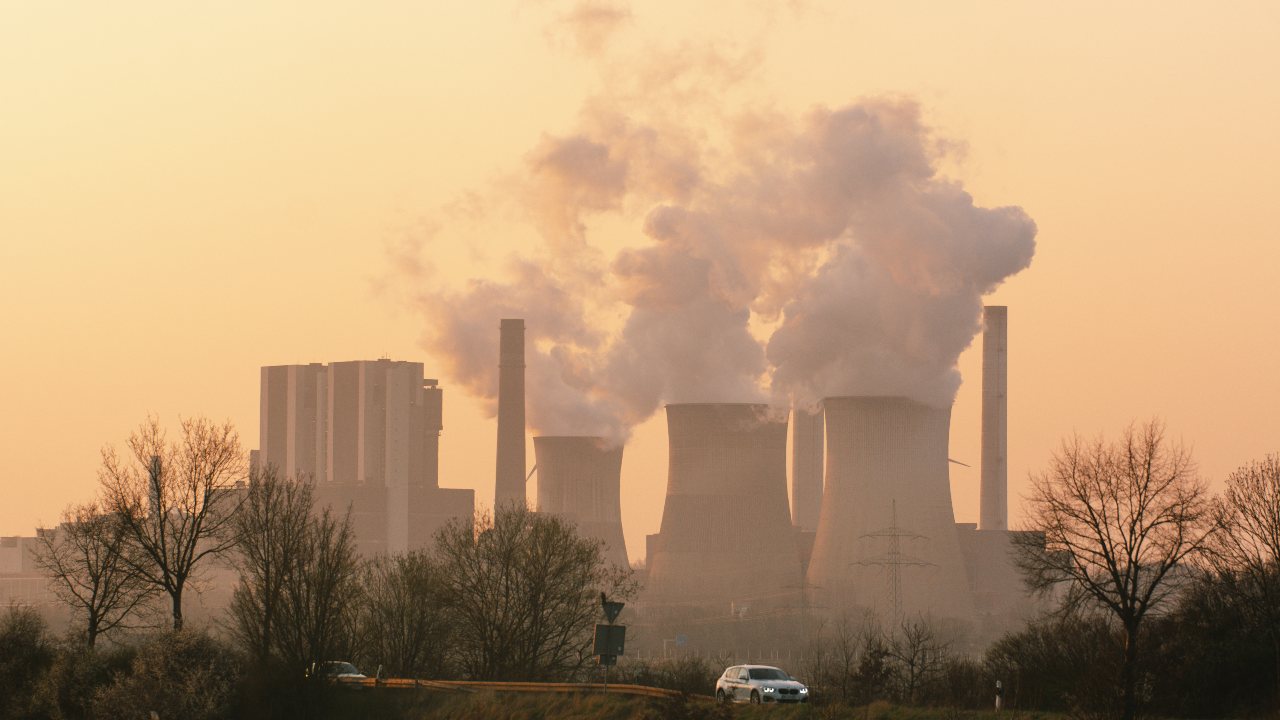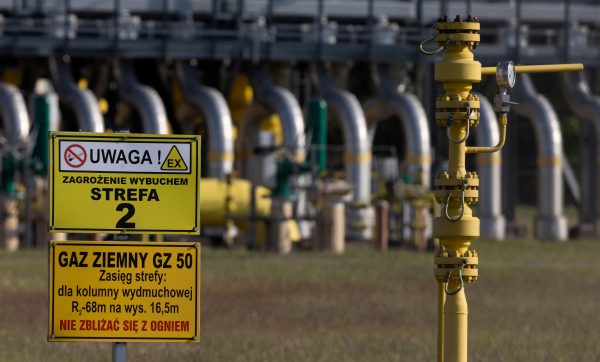More than thirty years after the disastrous nuclear accident in Chernobyl, Belarus is making final preparations to launch its controversial new Astravets nuclear power plant (NPP) at the beginning of 2020. The twin cooling towers of the facility, financed by Moscow and built by the Russian state company Rosatom, are visible less than 25 miles away on a clear day from a hot air balloon above Vilnius, the Lithuanian capital. Since the plant does not meet international nuclear safety standards (see Appendix), its proximity raises serious concerns among Belarus’ neighbors, especially Lithuania, which also believes the Kremlin may use the reactor’s large capacity to maintain the Baltic states’ energy dependence on Moscow.
Belarus: Indebted and Vulnerable
The Belarusian government claims that the Astravets NPP will help significantly reduce the country’s domestic natural gas consumption and thereby reduce natural gas imports from Russia, the source of about 90 percent of Belarus’ energy. Belarus also has ambitious plans to become an important electricity provider. However, some experts argue that Astravets is commercially groundless. Although it will generate a huge power surplus, Lithuania and Poland have refused to buy electricity from the plant.
Kremlin Objectives
Moscow has three foreign policy objectives for Astravets: to tighten its grip over Belarus; to maintain Russian influence in the Baltic states; and to divide the European Union, whose members have no consistent position on the project.
First, the terms of the deal between Russia and Belarus ensure Moscow’s close financial control. Russia has provided Belarus with a loan of $10 billion to construct the plant. Belarus will have to repay around $1 billion annually in the years 2021–2036. Given Belarus’ existing financial, trade, oil, gas, and military dependence on Russia—as well as its budget problems—if Minsk is unable to repay the loan (its costliest ever credit agreement with Russia), Moscow could then take over ownership of the plant, thereby putting another Belarusian strategic sector under its control. Moreover, the whole chain of engineering and project implementation—including producing, refining, and supply—is in the hands of Rosatom.
Second, the Kremlin seeks to maintain the Baltic countries in its sphere of influence and to keep Western money flowing towards Moscow. The funding and size of the Belarusian project (two reactors with a total capacity of 2,400 MW) indicate that Moscow’s aim is to export electricity to the EU, especially to the Baltic states and Poland, where it can become an important tool of Kremlin influence. The NPP also could bolster Russia’s control over energy in the Baltic states even as the three Baltic states try to end their electricity dependence on Russia by building new interconnections with Finland, Poland, and Sweden. Although the Baltics’ integration into the synchronous energy grid of continental Europe will not be achieved until 2025, with Astravets located on Lithuania’s eastern border with Russia, the Baltic States will be constantly exposed to Moscow’s political pressure aimed at impairing the synchronization process.
Third, Russia has exploited different views about the project in Europe. Belarusian and Russian representatives have lobbied to gain the support of experts of the European Nuclear Safety Regulators Group (ENSREG) and the International Atomic Energy Agency (IAEA) for the project, as well as rally public opinion. Rosatom officials lobby in European countries and EU institutions in order to gain favorable decisions regarding Astravets and the synchronization of the Baltic States’ electricity grid.
Baltic Reaction
Lithuania has taken the lead in opposing the NPP project and has been seeking support, though with mixed success. As Minsk breaches international agreements on nuclear safety, Lithuania’s tough position on ensuring proper nuclear safety in the EU neighborhood has given some EU member states second thoughts about completing the EU-Belarus Agreement on Partnership Priorities, which will provide a framework and financial support for future cooperation.
In 2017, the Lithuanian government adopted a Law on Necessary Measures against “Threats Posed by Unsafe Nuclear Power Plants in Third Countries.” Under the law, electricity generated in the unsafe Astravets NPP will be barred from the Lithuanian market. Vilnius has formally called on the EU to demand that Belarus immediately prepare an action plan for implementing stress test recommendations and commit to implementing them before Astravets NPP goes on line. Lithuania also called for protection at the EU level against threats posed by unsafe nuclear power plants in the third countries, and ensuring that the electricity produced there is not purchased.
Although Latvia and Estonia have supported Lithuania’s concerns about the plant’s safety, their response has not been as forceful. On the contrary, the Latvian government stated that it will still consider purchasing electricity directly from Belarus after Lithuania starts blocking power energy imports from Belarus. Such a statement undercut Lithuania’s policy and may heighten tensions with its “Baltic sisters” over the issue.
What’s Next?
It would be unrealistic to expect that Astravets could be stopped before it launches its first nuclear reactor next year. Nevertheless, some Belarusian experts are calling for the Russian and Belarusian governments to postpone the facility’s opening.
Their argument for postponement is based on two rationales:
-Belarus should renegotiate the reactor deal since the construction of the plant has cost up to 30 percent less than initially planned.
-The credit agreement foresees the first payment to be made by Belarus 6 months after the launch of the plant (but no later than April 1, 2021), so the earlier the plant is launched, the earlier Belarus will be obliged to start repaying the loan.
Meanwhile, Lithuania’s campaign to block energy produced in the NPP may have started to yield results. According to one source, Belarus is currently reconsidering the direction of the plant’s production exports, naming Ukraine as a potential importer, although under the terms of Ukraine’s agreements with the EU, it is impossible to integrate its energy systems while commercial supplies of electricity continue to be imported from Russia and Belarus. The Ukrainian side stresses that the import of energy from Astravets is out of the question.
The costs of moving ahead with the project will be high for Minsk. As the main cause of tension between Belarus and Lithuania, the Belarusian side will not be able to count on Lithuania’s support in international forums, including the EU, where Lithuania was until recently one of the main advocates for Belarus. This comes at a time when the Lukashenka government is making important overtures to the West and seeks to resist Kremlin pressure toward closer integration.
Živilė Kriščiūnienė is a Baltic-American Freedom Foundation visiting fellow at CEPA.
Europe’s Edge is CEPA’s online journal covering critical topics on the foreign policy docket across Europe and North America. All opinions are those of the author and do not necessarily represent the position or views of the institutions they represent or the Center for European Policy Analysis.





